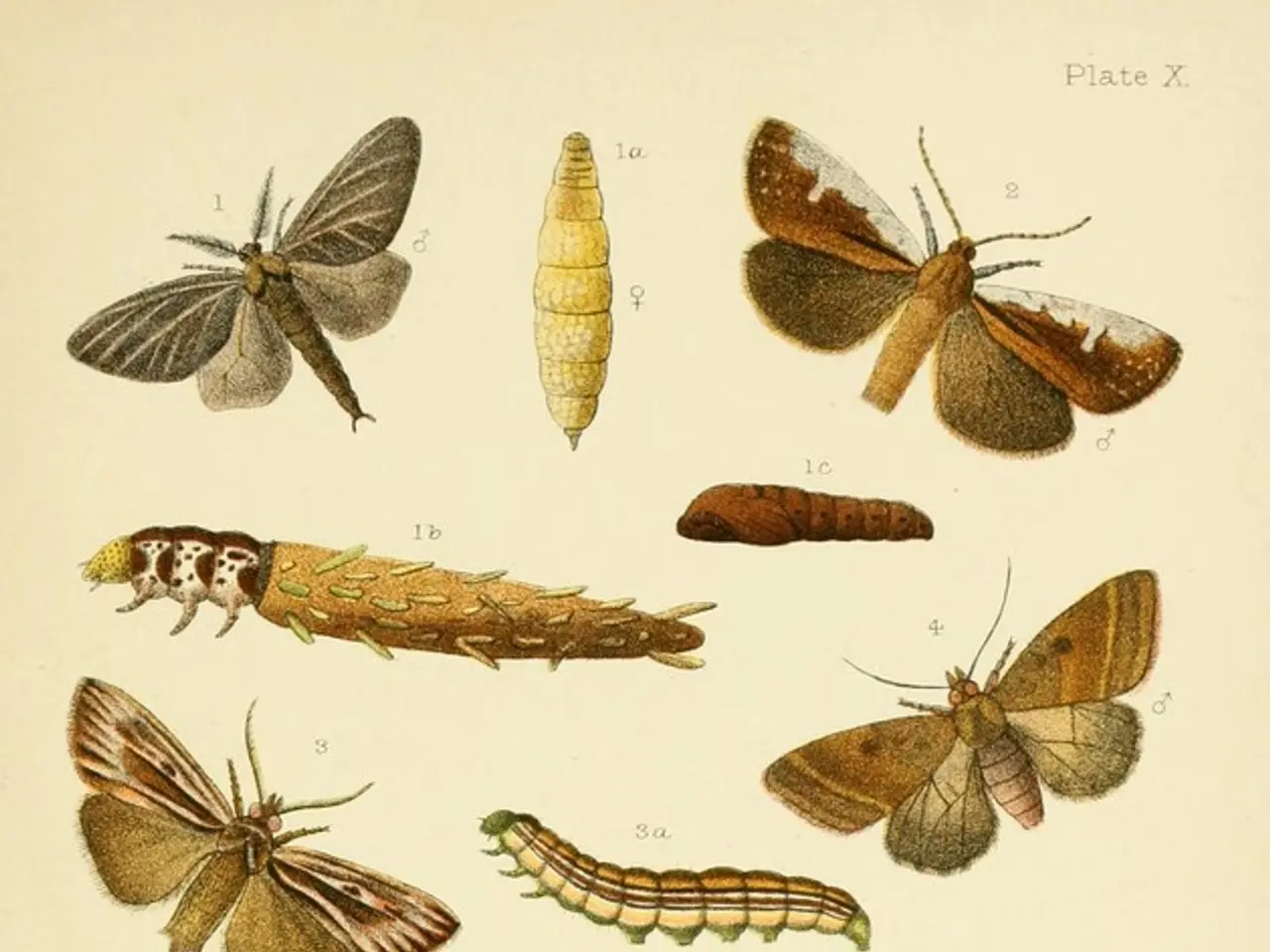Brain Structures: Understanding Red Nucleus and Rubrospinal Tract's Impact on Motor Functions
News Article: Understanding the Rubrospinal Tract and Its Role in Motor Control
The rubrospinal tract is an essential component of the human nervous system, working in tandem with the cerebellum, basal ganglia, and various sensory systems to influence motor control, particularly of the upper limbs. This intricate network is part of the extrapyramidal system and plays a crucial role in the coordination and fine control of voluntary movements.
The rubrospinal tract originates in the red nucleus of the midbrain and projects down the spinal cord, mainly influencing proximal and distal limb muscles. Its primary function is to modulate muscle tone and movement patterns, contributing to the refined control and coordination of voluntary movements, particularly for the upper limbs. However, in humans, its contribution is relatively minor compared to other motor pathways like the corticospinal tract[1][3][5].
Despite its relatively minor role in humans, the rubrospinal tract is not insignificant. It interacts with the corticospinal tract to refine motor actions and provide alternative pathways for movement. This interaction is especially important in situations where the primary motor pathways may be compromised, such as after a neurological injury.
In some neurological diseases, the red nucleus and rubrospinal tract are directly affected, leading to a range of movement disorders. Parkinson's disease, for instance, can influence the red nucleus and rubrospinal tract, resulting in motor symptoms such as tremors, rigidity, and bradykinesia[2].
Strokes that occur in the brainstem can also directly damage the red nucleus or rubrospinal tract, resulting in various movement impairments. These may include muscle weakness, loss of coordination, and difficulties in executing precise movements.
Treatment for diseases affecting the red nucleus and rubrospinal tract varies depending on the underlying condition. In cases like Parkinson's disease, medications to restore neurotransmitter balance are common, while rehabilitative therapies are vital for stroke recovery.
In summary, the rubrospinal tract is a vital component of the extrapyramidal system that modulates motor control of limb muscles, particularly for posture and voluntary movements. It contributes to coordination and fine motor control, primarily in upper limbs, although its functional importance is more pronounced in other mammals than in humans. The rubrospinal tract interacts with the corticospinal tract to refine motor actions and provide alternative pathways for movement. It also plays a pivotal role in the refinement and coordination of fine motor skills, essential for daily activities.
References:
- Albin, R. L., Young, A. B., & Penney, J. B. (1989). The extrapyramidal system: A new synthesis. Oxford University Press.
- Obeso, J. A., Schüpbach, T., & Marsden, C. D. (2008). Pathophysiology of Parkinson's disease. The Lancet Neurology, 7(4), 326-339.
- Parent, A., & Hazrati, L. (1995). The basal ganglia and motor control. Annual Review of Neuroscience, 18, 175-204.
- Strick, P. L., Massey, J. T., & Brodal, A. (1983). The motor system of the monkey brain: a cytoarchitectonic study of brain stem and spinal cord. Springer Science & Business Media.
- Wise, R. A., & Miedema, J. (1991). The basal ganglia and motor control: a new synthesis. Oxford University Press.
- In neuroscience, the mind-boggling intricacies of the rubrospinal tract intertwine with the cerebellum, basal ganglia, and various sensory systems to influence the brain's control over fine motor skills, notably the upper limbs.
- Neurons within the rubrospinal tract, originating in the midbrain's red nucleus, project down the spinal cord and modulate the tone and patterns of proximal and distal limb muscles, essential for the execution of delicate movements.
- Neurologists often emphasize the importance of cognition, as the rubrospinal tract collaborates with the corticospinal tract to refine motor actions, offering alternative routes for movement when primary motor pathways are impaired due to medical-conditions like strokes or injuries.
- Studies have shown that in certain neurological disorders, like Parkinson's disease, the red nucleus and rubrospinal tract can be impacted, causing symptoms such as tremors, rigidity, and bradykinesia.
- When exercising, engaging in fitness-and-exercise, or focusing on health-and-wellness activities, it's crucial to be aware that the rubrospinal tract plays a pivotal role in the refinement and coordination of fine motor skills needed for these tasks.
- Neurologists and medical professionals may utilize different treatment strategies for conditions affecting the red nucleus and rubrospinal tract, such as medications to balance neurotransmitters and rehabilitative therapies for promoting recovery.




